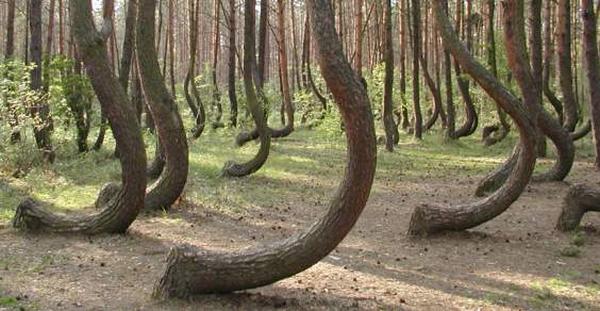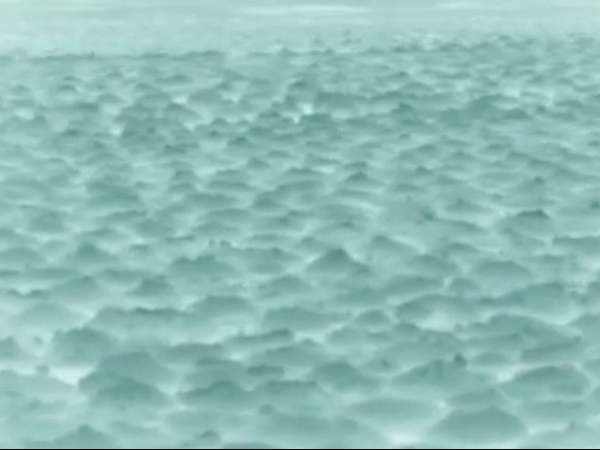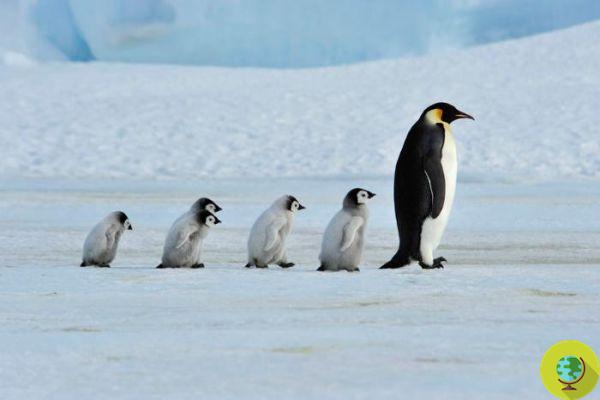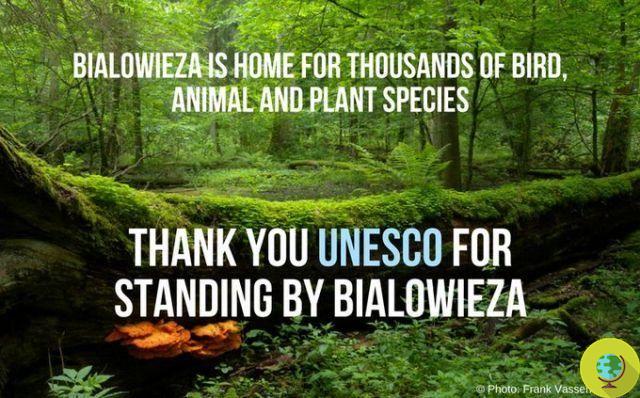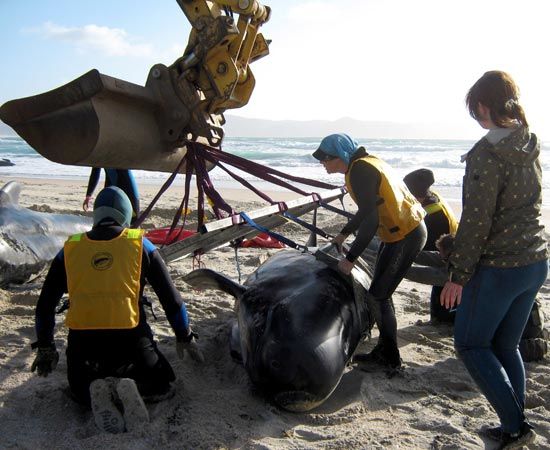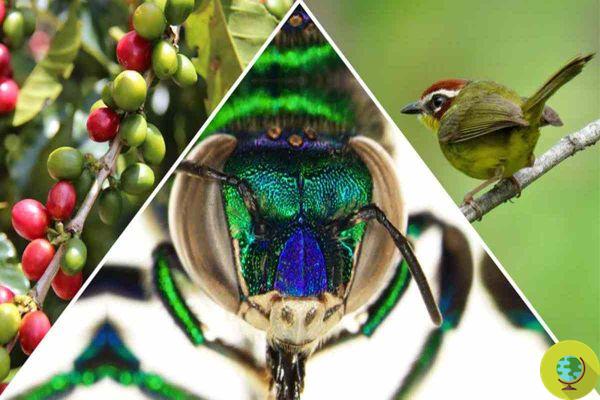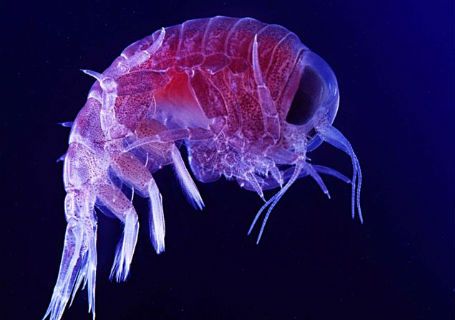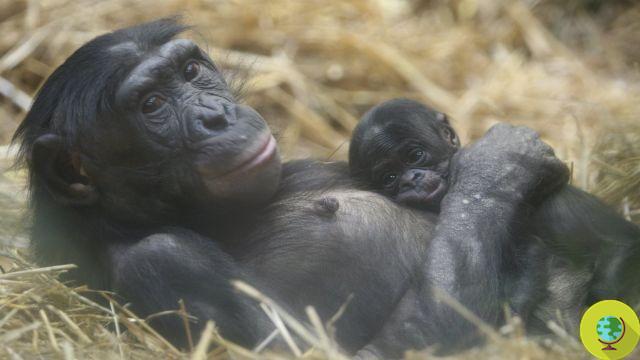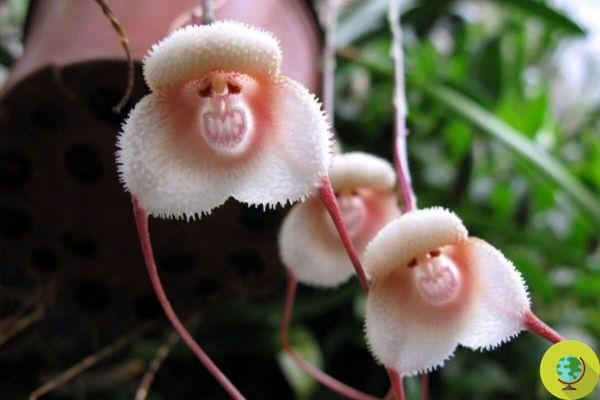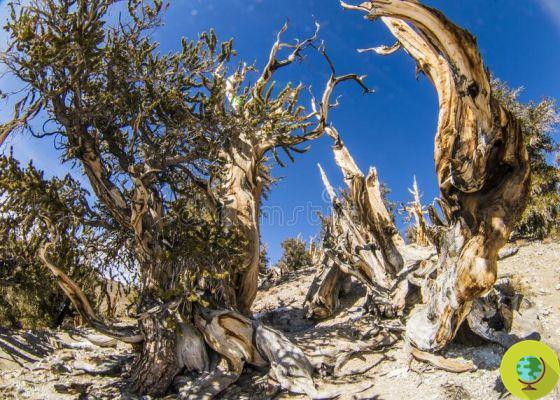Man, animals, plants. Although many are a trifle compared to the organisms that populate the depths of the Earth. Bacteria "zombies" but also archaea and other microbes are far more numerous than us. A team of scientists has discovered part of the very strange biosphere that we don't know exists
He is about to end up run over, his mother saves him
Man, animals, plants. Although many are a trifle compared to the organisms that populate the depths of the Earth. Bacteria "zombies" but also archaea and other microbes are far more numerous than us. A team of scientists has observed part of the very strange biosphere that we do not know exists.
Researchers at the Deep Carbon Observatory for about 10 years have been digging deeply, examining, classifying, leaving their mouths open every time. In samples taken several kilometers below the surface of oceans, mines and drilling sites, they have discovered a world of bizarre organisms, whose existence is a mystery, if we don't want to call it a miracle.
Other than man. Some are able to survive for millennia, others are fine at temperatures above 120 °, others still withstand pressures 400 times higher than those of the seabed.
Some bacteria, barely considered living, along with other microorganisms also occupy an immense amount of carbon in the Earth's subsurface, 245 to 385 times larger than the mass of carbon of all humans on the surface.
La search has set itself a goal: to reveal the most hidden secrets of the Earth. And so far there has been no shortage of surprises.
On the eve of the American Geophysical Union's annual meeting, scientists at the Deep Carbon Observatory gave a glimpse of the diverse discoveries about the types of life that exist underground.
By drilling 2,5 kilometers into the seafloor and sampling microbes from continental mines and wells more than 5 km deep, the team modeled the ecosystem at the heart of the Earth.
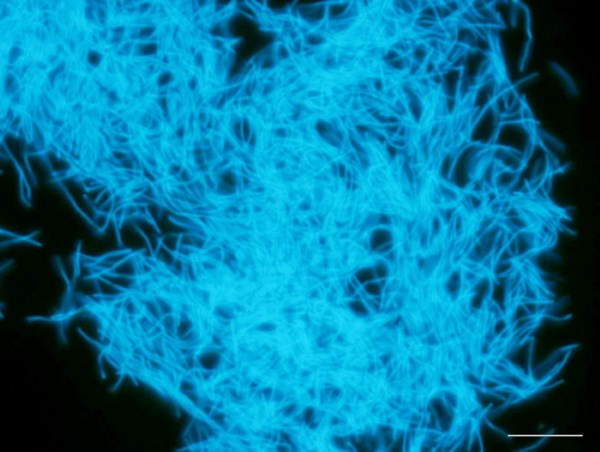
He thus estimated that the size of the deep biosphere ranges from 2 to 2,3 billion cubic kilometers (almost double the volume of all oceans), as well as the carbon mass of deep life: 15 to 23 billion tons ( an average of at least 7,5 tons of carbon per square meter of surface).
La deep biosphere it constitutes a world that far surpasses ours from all points of view. It includes members of all three domains of life: bacteria and archaea (microbes without a membrane-bound nucleus) and eukaryotes (microbes or multicellular organisms with cells) which contain a nucleus as well as membrane-bound organelles).
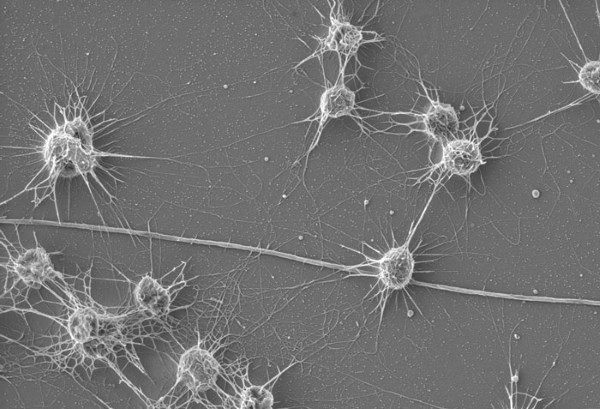
Scientists have found that two types of microbes - bacteria and archaea dominate the Deep Earth. Among these are millions of distinct types, most yet to be discovered or characterized. This so-called "microbial dark matter" dramatically expands our perspective on the tree of life. Deep Life scientists say about 70% of Earth's bacteria and archaea live underground.
They are often very different from their surface cousins, with very long life cycles over geological time scales, very often taking the energy and nourishment they need from rocks.
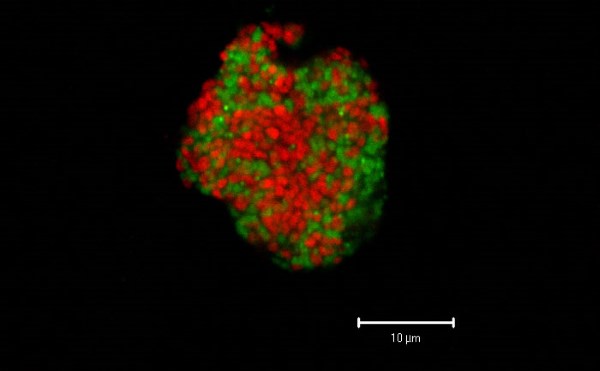
This reveals yet another fact: the absolute limits of life on Earth in terms of temperature, pressure and energy availability have yet to be found. Records are continually being broken. One of the leaders among the hottest organisms on Earth in the natural world is the Geogemma Barossii, a single-celled organism that thrives in hydrothermal zones on the seabed. Its microscopic cells grow and reproduce at 121 degrees Celsius (21 degrees warmer than the boiling point of water).
The depth at which life was found in the continental subsoil is about 5 km; the record in marine waters is 10,5 km from the surface of the ocean, here the pressure is extreme; at a depth of 4000 meters, for example, the pressure is about 400 times greater than at sea level.
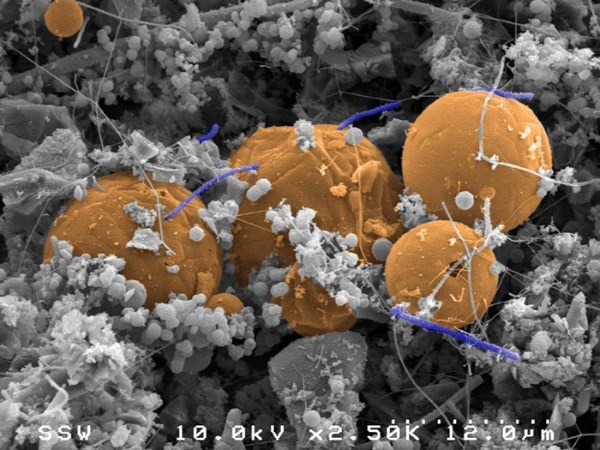
However, these discoveries spark numerous questions: How do these creatures move? What role do major geological events such as plate tectonics and earthquakes play? Did life begin deep inside the Earth (be it within the crust, near hydrothermal vents, or in subduction zones) and then migrate upward to the sun? Or did it start in a warm shallow pond and then move underground? How do underground microbial zombies reproduce and how do they live without reproducing for millions to tens of millions of years?
Fascinating questions that once again demonstrate how insignificant the human species is compared to the myriad of creatures that populate the Earth.
READ also:
- The human species? On Earth it is only 0,01%, but it has destroyed 83% of mammals
- Alien turtle found in Lake Garda: it has a soft shell and a proboscis
- The invasion of the blue crab that threatens the biodiversity of the Mediterranean
Francesca Mancuso
Foto: Deepcarbon




